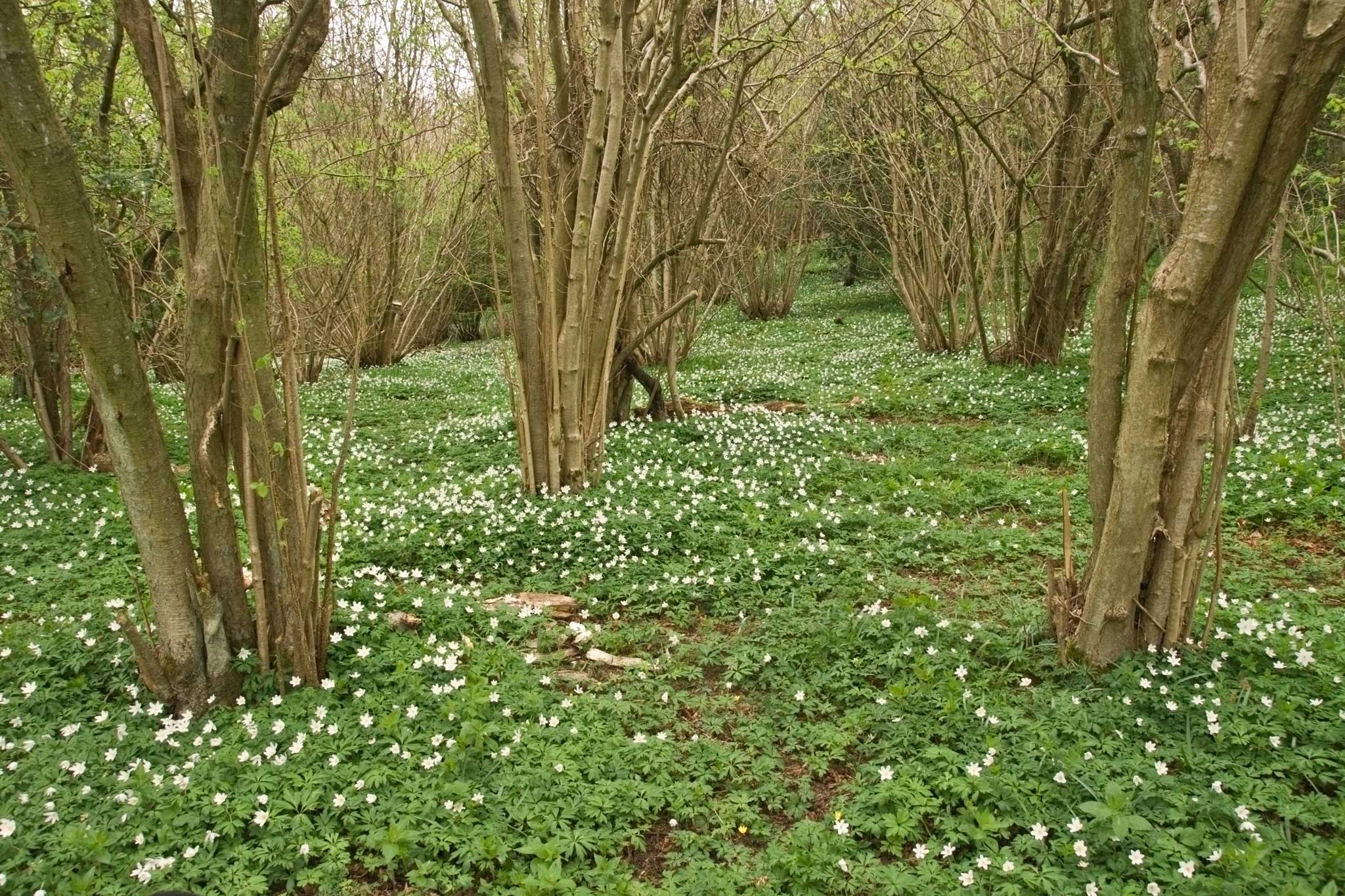

The cookie is set by the GDPR Cookie Consent plugin and is used to store whether or not user has consented to the use of cookies. The cookie is used to store the user consent for the cookies in the category "Performance". This cookie is set by GDPR Cookie Consent plugin. The cookie is used to store the user consent for the cookies in the category "Other. The cookies is used to store the user consent for the cookies in the category "Necessary". The cookie is set by GDPR cookie consent to record the user consent for the cookies in the category "Functional". The cookie is used to store the user consent for the cookies in the category "Analytics". These cookies ensure basic functionalities and security features of the website, anonymously. Necessary cookies are absolutely essential for the website to function properly. Willow and hazel shoots can be coppiced in a young state for weaving or left to be coppiced for poles. The first area only has a few stools in it but they have been cut back to about 10cms above ground level with some stems partially cut and layered. For example, birch can be coppiced on a four or five-year cycle whereas oak has a 50-year cycle for coppicing. Not all species coppice well or at the same rate. The new growth sprouts from the cut poles and the surrounding ground, so over time these old stools can become very large.


It is a traditional method of woodland management which was maintained on the south western side of Canada Woods by previous owners.Ī regular coppiced woodland has the effect of providing a rich variety of habitats, as the woodland continues to have a range of different aged coppice growth in it, which is beneficial for biodiversity. Coppicing can also help prevent the manifestation of dead or diseased wood in the tree, by renewing fresh growth and the removal of old wood, allowing the tree to live longer than if it were left un-coppiced. Sycamore and sweet chestnut trees can produce fence palings in 15 to 20 years. The area of woodland actively managed by coppicing has been in decline for many years. Hazel can produce bean sticks and similar products in 710 years. After several years the young trees produced by this process are harvested and the cycle begins again ensuring a sustainable supply of timber for future generations. Neglected hazel coppice with standards at Herriard Park, the study site, which had not been cut for about 50 years. I will post on my success, or otherwise, of this later.Coppicing is the process whereby trees are cut down to near ground level to promote vigorous new growth. That is the tree that I am going to coppice this year, as my Eucalyptus niphophilia, although small in size, has outgrown its space and is leaning at an awkward angle. Since coppicing often has the effect of increasing leaf size, trees such as Eucalyptus can look great when coppiced. Ash, Chestnut, Oak, Alder, Lime and Maple will coppice including exotic varieties. Cherry, aspen and most elms will reshoot from suckers reforming as the main stump dies off. Most common broad-leaved trees will coppice, although apparently Beech can be somewhat temperamental. For a tree with a single existing stem, it might seem harsh but don’t be afraid to go for it. Oak and lime grow sprouts that reach 3 feet (1 m. Traditionally, the long straight poles produced by coppicing would have been used for fencing, building and in the garden as bean poles. Pendulous yellow catkins to 8cm in length. What is it for Coppicing was originally used to ensure a regular source of firewood and timber. Corylus avellana Colurna Turkish hazel A medium-sized deciduous tree of symmetrical, conical habit, with slightly lobed broadly-ovate leaves. Use a sharp bow-saw and/or loppers to create a slightly angled cut. Hazel Oak Sweet chestnut Lime Willow The weakest are beech, wild cherry, and poplar. Most tree species can be coppiced but the best suited of our native trees are hazel, sweet chestnut, ash and lime. First remove the main stem(s) and then secondly cut all stems close to the stool. Depending on the hazel species, the shrub-like tree grows between 8 and 20 ft. The tree has a clumping habit making it appear as a large shrub with a rounded, umbrella-like canopy. Coppicing should be undertaken between late October and early March when the trees are dormant, so good work for a cold January day! For existing multi-branched trees, it might be easier to do the cutting in stages. Hazel is a flowering shrub or tree in the plant genus Corylus and the birch family Betulaceae.


 0 kommentar(er)
0 kommentar(er)
